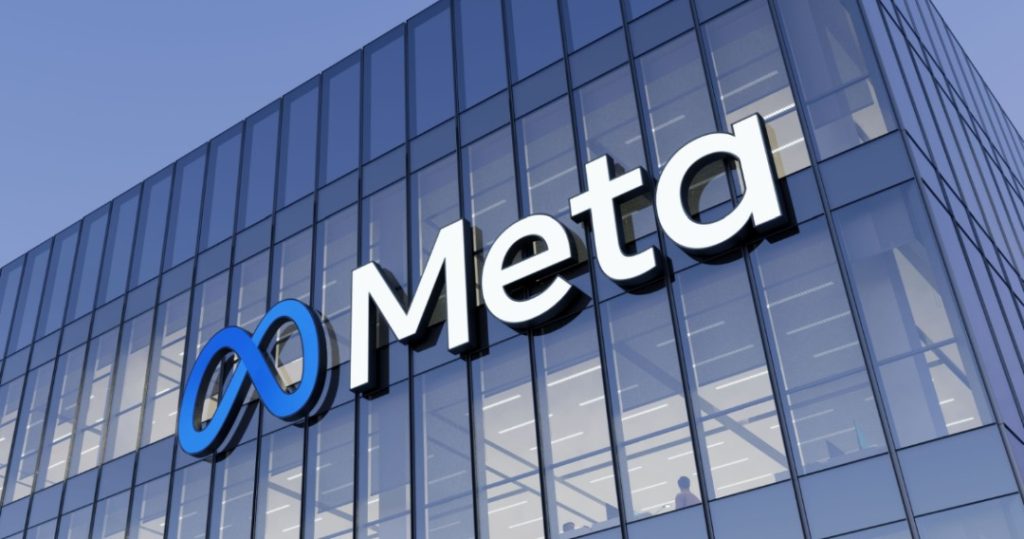Sitting on losses is never a good strategy because those losses can pile very quickly. Even strong stocks can dive and give up all gains from a buy point in a single session. That is why watching for sell signals and knowing how to sell stocks is vital to investing.
There are different ways of finding topping signs. Chart analysis offers a clear clue through IBD’s 7% sell rule. The sell rule is a simple and effective way of cutting your losses in a disciplined manner.
When a stock breaks out of a base, watch out if it falls below the base’s buy point. This in itself is not a sign of a failed break out. However, if the stock falls 7% or more below the entry, it triggers the 7% sell rule. It is time to exit the position before it does further damage.
That way, investors can still be in the game for future opportunities by preserving capital. The deeper a stock falls, the harder it is to get back to break-even. A drop of 7% takes a 7.5% gain to fully recover. A drop of 20% takes a 25% rebound. A 30% decline takes a 42.9% bounce.
The 7% stop loss applies to any stock purchase at any level. If you bought a stock at 45 and the buy point was at 43, you want to calculate the 7% sell rule from your purchase price.
The 7% sell rule is one of the tools nimble investors have that larger funds that hold massive positions among a wide range of stocks may not. IBD founder William O’Neil would point out that it is “a terrific advantage” that the nimble and decisive individual investor has over the institutions.
Shares of Meta Platforms (META) broke out of a flat base with a buy point of 377.55 on Aug. 30, 2021 (1). Volume was lower than average, which could have alerted a watchful investor. Shares rose to 384.33 but quickly started to fall.
The stock fell below its 50-day moving average on Sept. 20 (2) — the first sign of trouble.
That same day, Meta’s dropped as low as 349.80. That was a 7% decline (to 351.12) from the buy point.
Two days later, the stock gapped down and the 7% loss was quite clear by now. Shares plummeted to 88.08 by November 2022. That’s a loss of 77% from the August 2021 entry.
Despite its 148% gain this year, Meta has yet to get back to its August 2021 levels, and investors holding on to its shares would still be waiting to get back to break-even. But those who sold in September 2021 would have the capital to get back into the stock for its 2023 rally.



